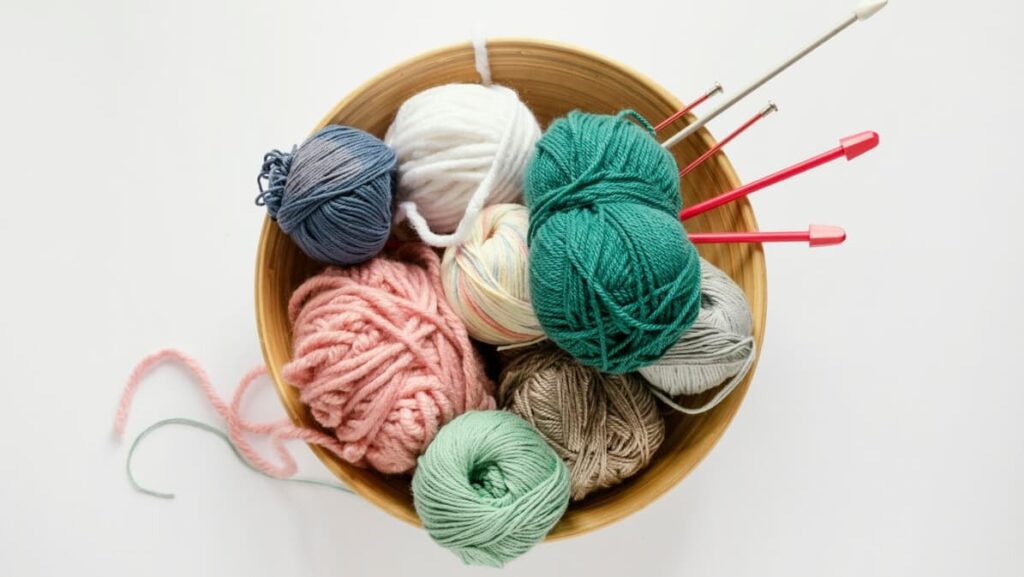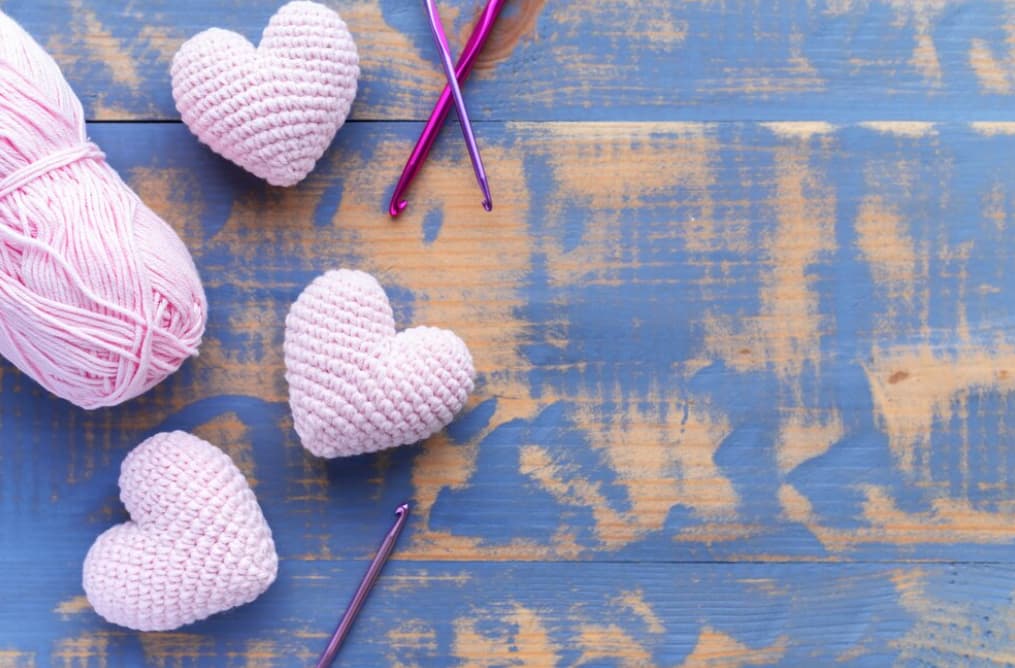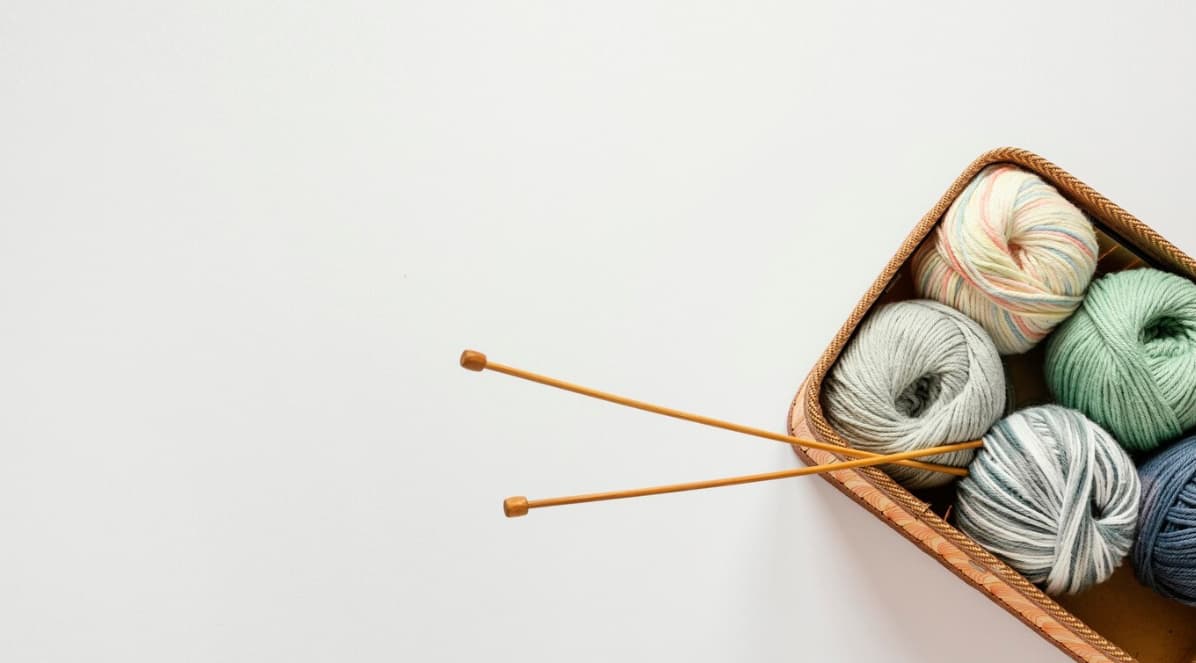A Guide to German Short Row Knit Technique
This guide provides a detailed walkthrough on mastering German Short Row knitting, showcasing all you need to understand this technique. Encountering a pattern instruction for a double stitch might seem daunting at first, whether it’s for shaping a heel or adding vibrant color to a shawl. Originating from Bavaria, the method of German short rows is straightforward and often perceived as more complex than it is.
This tutorial aims to demystify the concept. Essentially, short rows are simply about stopping before the end of a row and turning the work around using a specific method. This technique allows for the addition of color details or, through repetition, the creation of added material for intricate shapes like sock heels. While discussing the technique of German Short Rows in knitting, you may also like to explore an article about how to knit a hat.
The terminology in knitting patterns like “make double”, “make double stitch”, or simply “mds” refers to this. When such terms appear without an associated method, German Short Rows are usually the go-to technique.
Guide to Knitting German Short Rows

German Short Rows offer exceptional versatility, making them compatible with a wide range of yarn types, whether you’re knitting in the round or working on flat projects. This ingenious technique proves invaluable in eliminating unsightly gaps and holes when changing direction mid-row. While the demonstration showcases its application with two yarn colors, rest assured that this technique can be seamlessly applied with a single yarn color as well.
Materials:
- Any yarn is suitable. Schachenmayr Catania Grande is used in this tutorial.
- Any knitting needle is appropriate. Knitter’s Pride Dreamz needles are featured here.
Instructions:
- Knit up to the desired point for the first double stitch;
- Turn the work as usual and bring the yarn to the front;
- Slip the stitch to the right needle purlwise;
- Pull the working yarn down to form a double stitch;
- Purl across the rest of the row;
- Knit across until reaching the double stitch in the next right-side row;
- Turn, slip the stitch purlwise with yarn in front, and create another double stitch;
- Repeat steps 5-7 as needed, stopping before a double stitch;
- Knit across the right side, knitting all double stitches together (k2tog) without turning. The stitch count at the end of the row should remain unchanged;
- Continue knitting as per the pattern.
Notes: Remember, short rows add extra fabric, which may affect how the fabric lays. To achieve a flat result, balancing with more short rows on the opposite side may be necessary. For adding color specks, intarsia is an alternative, though more complex.
Creating Purlwise Double Stitches in German Short Rows
You can also fashion double stitches in a purlwise manner, employing a process akin to the one used for knit-side short rows. This technique entails slipping stitches purlwise with the yarn positioned in the front and proves especially valuable when double stitches are needed on both sides of your project.
Here are the steps:
- Begin by turning your work around while keeping the yarn at the front;
- Slip the following knit stitch purlwise, ensuring the yarn remains in front;
- Form a double stitch by gently tugging on the working yarn and then proceed with your knitting;
- To conclude the short rows, purl all the double stitches together. However, if you’re working on a project in the round, be sure to knit these stitches together instead.
Perfecting Twisted Double Stitches in Knitting
For those who strive for perfection in their knitting, a closer examination of double stitches may reveal that those created on the knit side (where the stitch is pulled down with the right side facing) appear twisted.

It’s also common to observe larger holes on the heel’s opposite side, despite initial neatness. To address this, knitting German short rows with twisted stitches is a viable solution. Here’s how:
- Turn the work with the yarn in front as usual;
- Slip the stitch knitwise;
- Pull on the working yarn (in front) to create a double stitch;
- When knitting across, knit all double stitches together through the back loop.
Similarly, twisted purl double stitches can be created when issues arise on the opposite side. The primary difference is slipping knitwise instead of purlwise and knitting or purling them together through the back loop later.
Examining a swatch closely reveals differences. Using the standard technique, stitches appear twisted on the right side. With the twisted technique, double stitches twist on the left side.
Conclusion
Creating a balanced fabric involves slipping purlwise for double stitches on the purl side and knitwise on the knit side. However, depending on the project, the approach might be reversed. This is particularly relevant in shaping fabric with short rows, like heel turning in socks. For balanced stitches with neat Vs on the heel, slipping stitches purlwise on the left side seems logical. Yet, due to the heel’s directional turn, a twisted double stitch (slipped knitwise) often looks neater.
The best approach is to knit a swatch before starting a project to determine the most appealing combination. Although it may seem tedious, this one-time effort can significantly enhance the neatness of the finished project.
